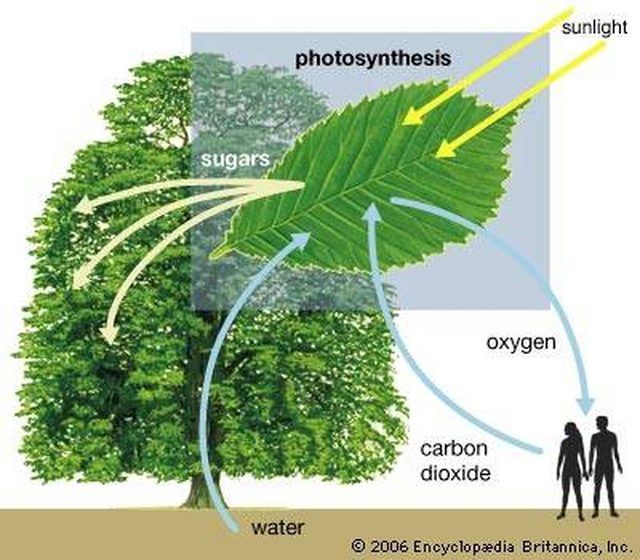Bulbs
Flower Basics
Flower Beds & Specialty Gardens
Flower Garden
Garden Furniture
Garden Gnomes
Garden Seeds
Garden Sheds
Garden Statues
Garden Tools & Supplies
Gardening Basics
Green & Organic
Groundcovers & Vines
Growing Annuals
Growing Basil
Growing Beans
Growing Berries
Growing Blueberries
Growing Cactus
Growing Corn
Growing Cotton
Growing Edibles
Growing Flowers
Growing Garlic
Growing Grapes
Growing Grass
Growing Herbs
Growing Jasmine
Growing Mint
Growing Mushrooms
Orchids
Growing Peanuts
Growing Perennials
Growing Plants
Growing Rosemary
Growing Roses
Growing Strawberries
Growing Sunflowers
Growing Thyme
Growing Tomatoes
Growing Tulips
Growing Vegetables
Herb Basics
Herb Garden
Indoor Growing
Landscaping Basics
Landscaping Patios
Landscaping Plants
Landscaping Shrubs
Landscaping Trees
Landscaping Walks & Pathways
Lawn Basics
Lawn Maintenance
Lawn Mowers
Lawn Ornaments
Lawn Planting
Lawn Tools
Outdoor Growing
Overall Landscape Planning
Pests, Weeds & Problems
Plant Basics
Rock Garden
Rose Garden
Shrubs
Soil
Specialty Gardens
Trees
Vegetable Garden
Yard Maintenance
How Do Plants Make Their Own Food?
How Do Plants Make Their Own Food?. Plants make their own food out of inorganic compounds through a process called photosynthesis that takes place in the leaves. The ingredients necessary for photosynthesis are light, water and carbon dioxide. The rate of photosynthesis will be affected by the amount of these ingredients available, as well as the...
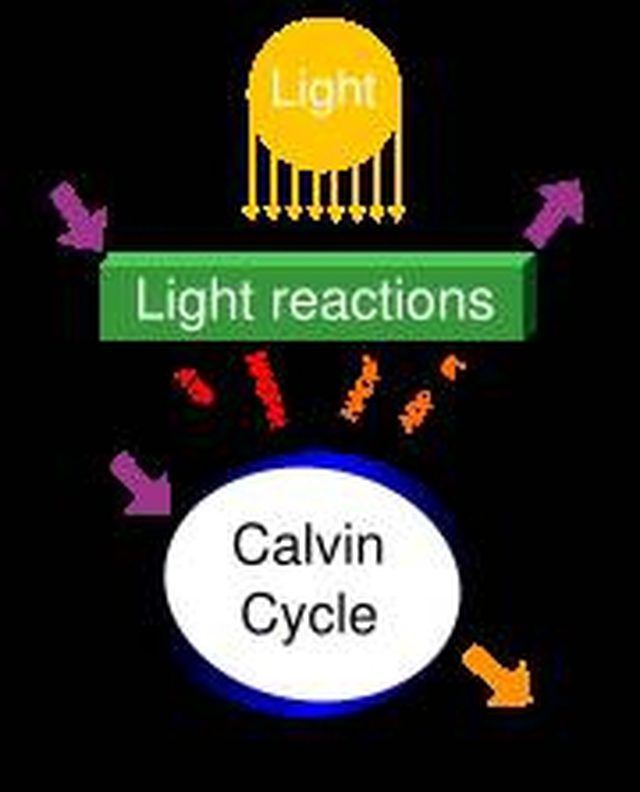
Plants make their own food out of inorganic compounds through a process called photosynthesis that takes place in the leaves. The ingredients necessary for photosynthesis are light, water and carbon dioxide. The rate of photosynthesis will be affected by the amount of these ingredients available, as well as the temperature. The end products of photosynthesis are oxygen, which the plants release, and carbohydrates, which become the plants' source of energy. Building on the basic structure of glucose, plants also use photosynthesis to create several more complex carbon-based chemicals essential to their growth and survival.
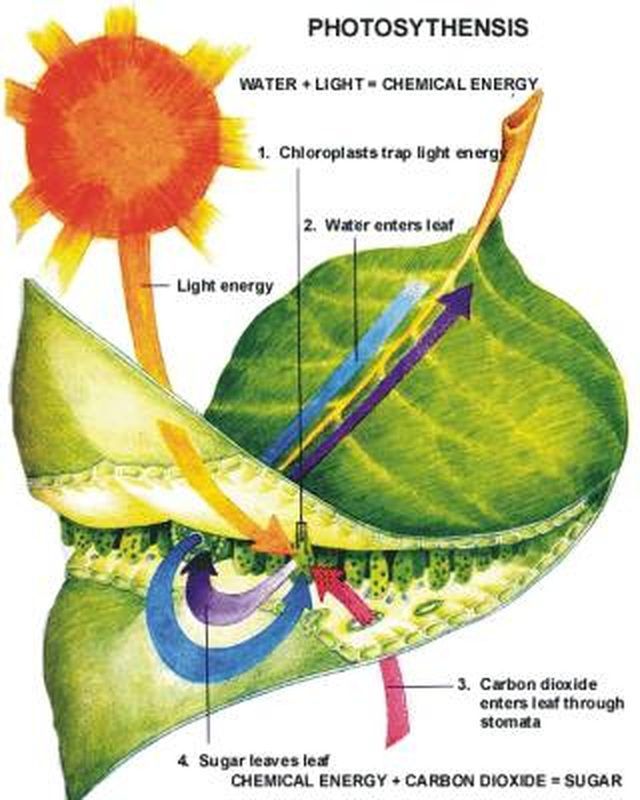
First, water absorbed through the roots rises to the leaves and enters special cells called chloroplasts. These cells contain chlorophyll, a green pigment that gives leaves their color by reflecting green wavelengths. More importantly, chlorophyll absorbs light in the red and blue parts of the spectrum and uses it to power a crucial chemical reaction. Inside the chloroplast, chlorophyll molecules absorb a single photon of light and in exchange for an electron. A series of chemical reactions follows, which ultimately replaces the lost electron from water molecules in the leaf. In the process, the oxygen atom in the water separates from the hydrogen atoms and passes out as waste. The remaining hydrogen is collected and eventually synthesized into a carbohydrate molecule.
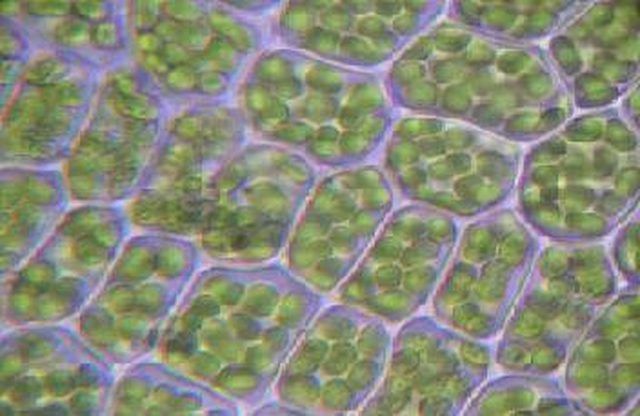
The process that creates the actual food for the plant does not require light, so it's called a dark reaction. In another part of the leaf called the stroma, carbon dioxide that's been absorbed from the environment is reduced into carbon and oxygen. Again, the oxygen is allowed to escape, but the carbon combines with the hydrogen end product of the first process to form a simple sugar. These can be combined or modified to produce almost any organic compound the plant might need, whether for structure or nutrition.
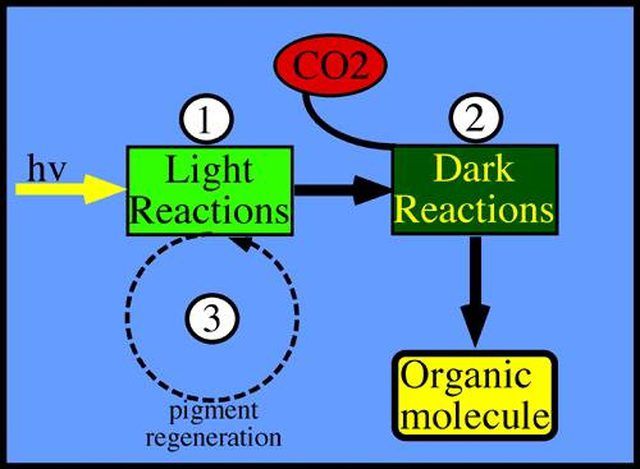
Plants do not use light energy directly, but must convert it to chemical energy. Of the light that hits a leaf, only about 5 percent is used for photosynthesis, and of that, only 30 to 50 percent becomes stored as chemical energy for the cell. Still, photosynthesis is a vital process, not just for plants, but for all oxygen breathing organisms, including human beings. Scientists believe it was photosynthesis in early green plants and algae that created earth's breathable atmosphere. Even today, plants continue to replenish the environment, filtering harmful carbon dioxide into life-sustaining oxygen.
